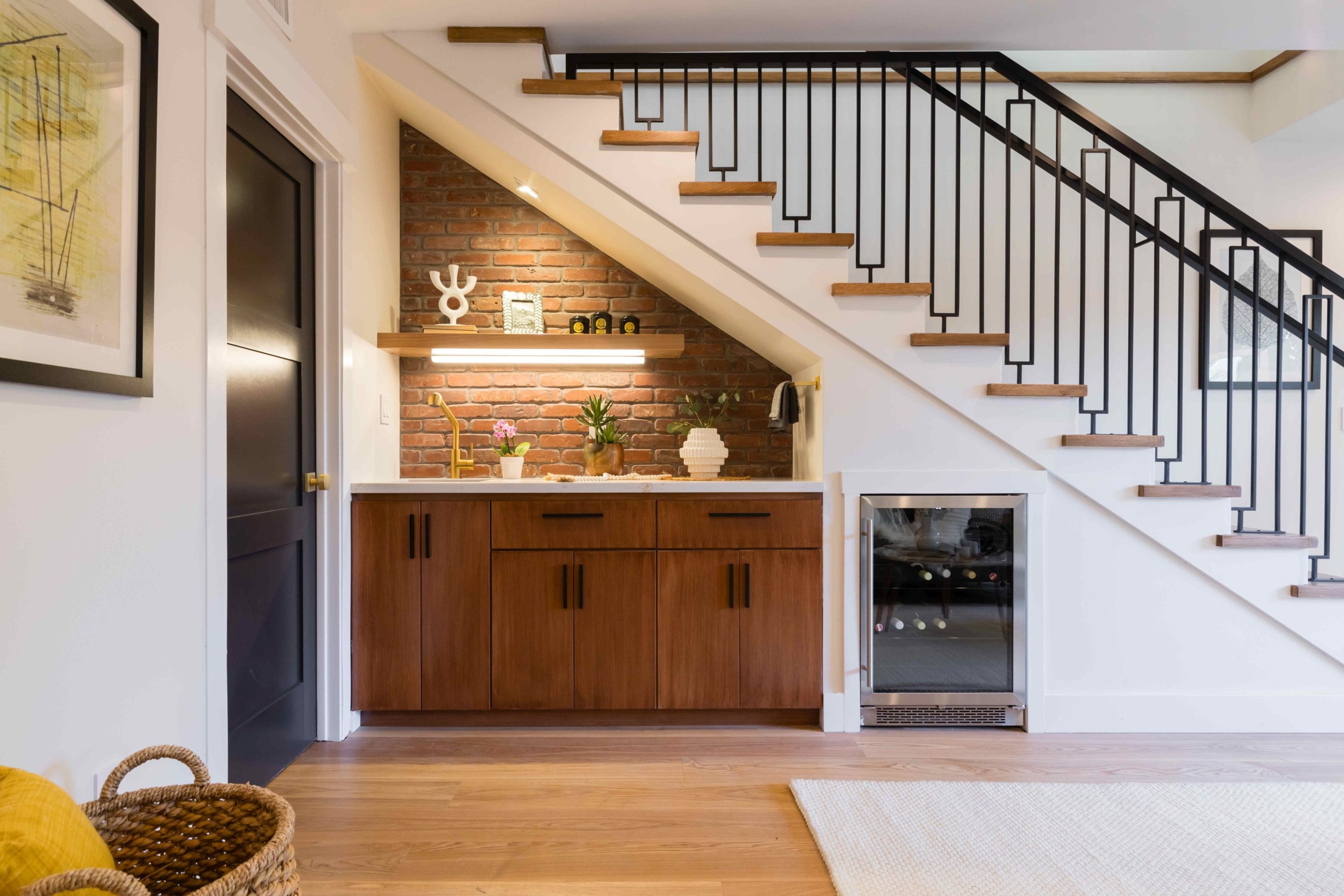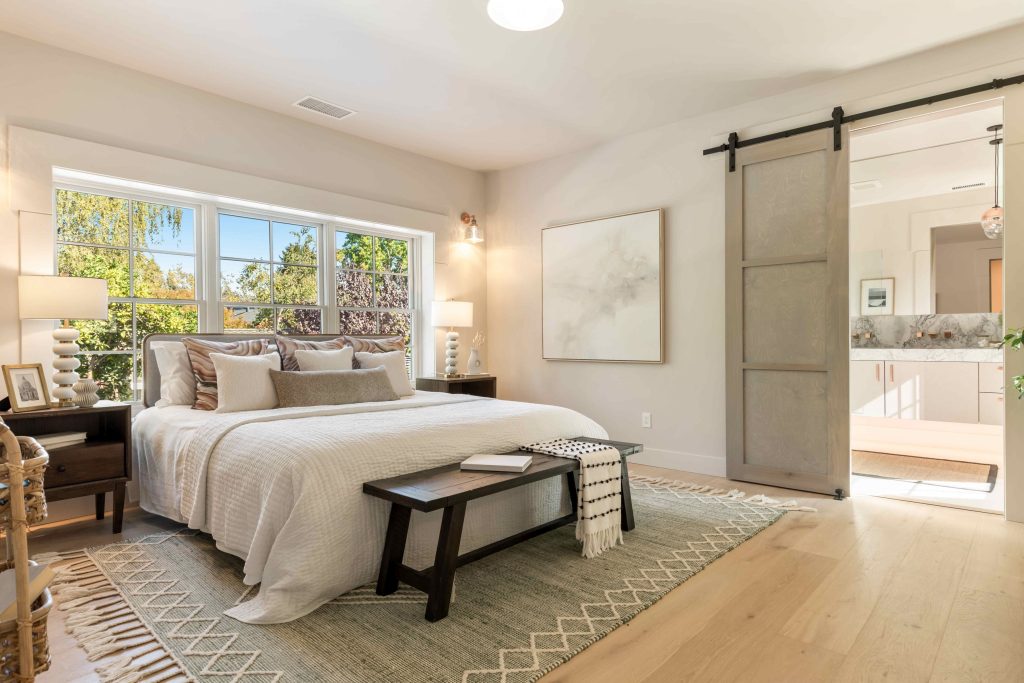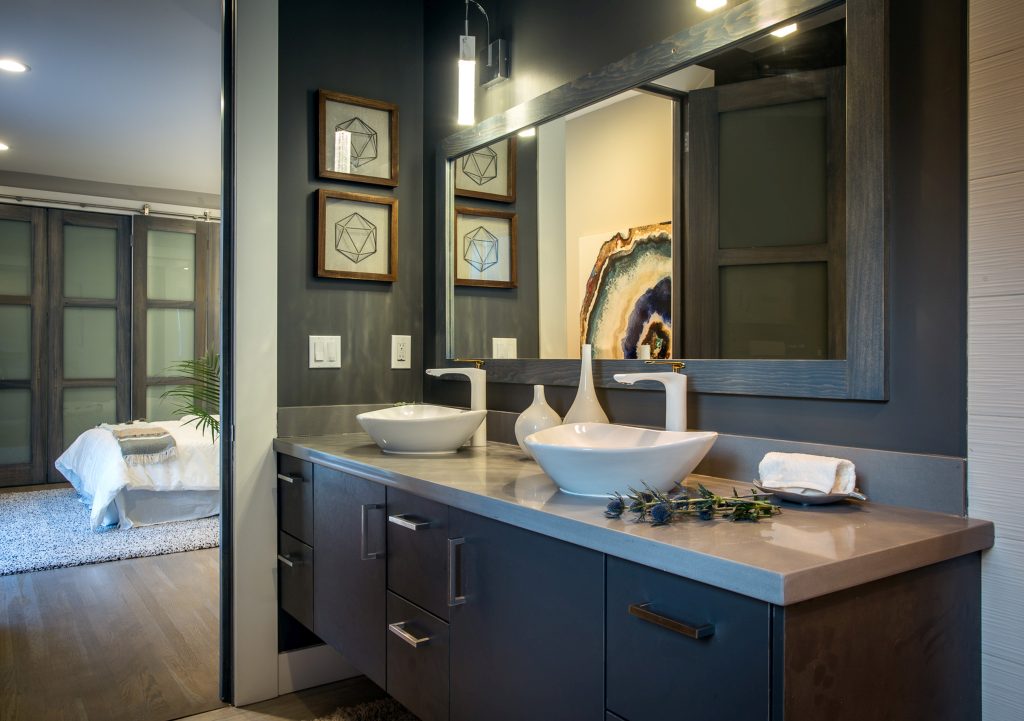Interior design is the art of enhancing the interior of a space to create a more aesthetically pleasing and functional environment. Whether you’re looking to update a single room or revamp your entire house, there are countless interior design ideas that can help you transform your space. In this article, we explore a variety of interior design concepts that cater to different tastes and preferences, helping you create a stylish and comfortable haven.
- Embrace Open-Concept Living
Open-concept living spaces have become increasingly popular in modern interior remodels. This layout eliminates unnecessary walls and barriers, creating a seamless flow between different areas of the home. By combining the kitchen, dining, and living areas into one large, open space, you can enhance the sense of spaciousness and encourage social interaction.
To successfully implement an open-concept design, use furniture and decor to define distinct zones within the space. For instance, a kitchen island can serve as a natural divider between the cooking and dining areas, while a strategically placed sofa can separate the living area from the rest of the room. Additionally, consider using a consistent color palette and flooring material throughout the space to create a cohesive look.
- Incorporate Natural Light
Natural light is a crucial element in interior design, as it can make a space feel larger, brighter, and more inviting. Maximize the amount of natural light in your home by using large windows, glass doors, and skylights. If privacy is a concern, opt for sheer curtains or blinds that allow light to filter through while maintaining privacy.
Mirrors are another effective way to enhance natural light. Placing mirrors opposite windows or near light sources can reflect light throughout the room, creating a more luminous environment. Additionally, consider using light-colored walls and furnishings to further amplify the brightness of the space.
- Choose a Cohesive Color Palette
Selecting a cohesive color palette is essential for creating a harmonious and visually appealing interior. Start by choosing a base color that you love and that complements the existing elements in your space. Then, select one or two accent colors to add depth and interest.
For a timeless and sophisticated look, consider using neutral tones such as whites, grays, and beiges. These colors provide a versatile backdrop that can be easily updated with colorful accessories and decor. If you prefer a bolder approach, experiment with vibrant hues like teal, mustard yellow, or deep navy. Just be sure to balance bold colors with neutral elements to avoid overwhelming the space.
- Mix and Match Textures
Textures play a vital role in interior design, adding depth and interest to a room. Mixing and matching different textures can create a rich and dynamic environment. For instance, pair a velvet sofa with a leather armchair, or combine a wool rug with a glass coffee table.
Incorporate textured fabrics such as linen, silk, and faux fur in your pillows, throws, and upholstery. Additionally, use textured wall treatments like shiplap, beadboard, or wallpaper to add dimension to your walls. The key is to create a balanced mix of textures that complement each other and enhance the overall aesthetic of the space.
- Integrate Multifunctional Furniture
Multifunctional furniture is a smart solution for optimizing space, especially in smaller homes. Pieces that serve multiple purposes can help you make the most of your square footage without sacrificing style. Look for furniture like sofa beds, ottomans with storage, or extendable dining tables.
A wall-mounted desk can transform a living room corner into a functional home office, while a storage bench in the entryway can provide seating and a place to store shoes and bags. By choosing multifunctional furniture, you can create a more versatile and adaptable living environment.
- Create a Focal Point
A well-designed focal point can anchor a room and draw the eye, creating a sense of balance and harmony. Common focal points include fireplaces, large windows with scenic views, or statement pieces of art. Once you’ve identified a focal point, arrange your furniture and decor to highlight this feature.
For example, if your living room has a beautiful fireplace, arrange your seating around it to create a cozy and inviting conversation area. In a bedroom, a stylish headboard or an eye-catching piece of art above the bed can serve as a focal point. The goal is to create a visually appealing centerpiece that enhances the overall design of the room.
Conclusion
Interior design is a dynamic and creative process that allows you to transform your home into a stylish haven. By embracing open-concept living, incorporating natural light, choosing a cohesive color palette, and mixing textures, you can create a visually appealing and functional space. Multifunctional furniture, focal points, greenery, statement lighting, personalization, and functionality are key elements to consider as you design your interior.
Remember, the best interior design reflects your unique taste and makes your home a place where you love to spend time. Whether you’re making small changes or undertaking a complete makeover, these interior design ideas will inspire you to create a space that is truly your own. Looking to bring these interior design ideas to life? Contact Anura Designs today for expert guidance and personalized solutions tailored to your home.



